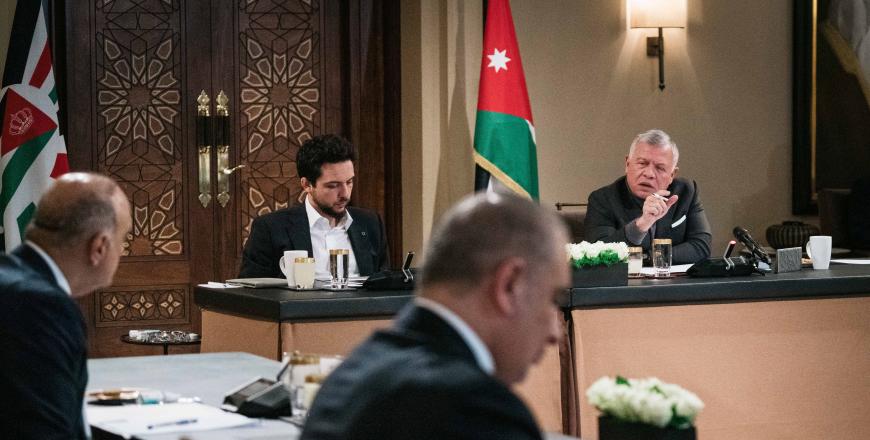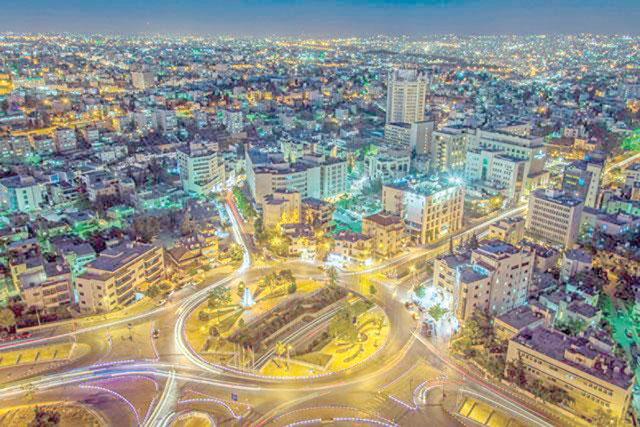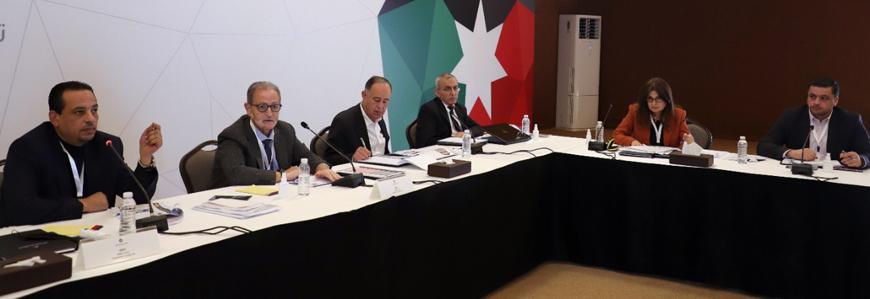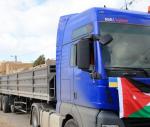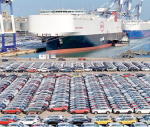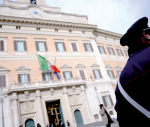You are here
Commitment, sustainable planning form solid foundation for new city project — experts
By Mays Ibrahim Mustafa - Jan 22,2023 - Last updated at Jan 22,2023
AMMAN — Outlining a comprehensive, long-term plan and ensuring intergovernmental commitment are essential to the success of the new city project, according to experts.
In press remarks to the Jordan News Agency, Petra, earlier this month, Minister of Government Communications Faisal Shboul said that the new city project aims to encourage economic growth, attract investments, create jobs, accommodate the increasing population in Amman and Zarqa, and improve the quality of services following a sustainable urban planning model.
The city, which will heavily rely on clean energy, is set to be established on state-owned land, with a total area of 270,000 acres, 40 kilometres away from the centre of the capital, 27 kilometres from Queen Alia International Airport and 31 kilometres from Zarqa, Petra reported.
Shboul predicted that the city will provide roughly 90,000 to 100,000 jobs throughout the various stages of its construction.
President of the Jordan Housing Developers Association (JHDA) Kamal Awamleh said that national strategic projects, such as the new city, are vital to promoting the Kingdom’s development and increasing economic growth.
“However, its implementation must be preceded by more studies and discussions involving stakeholders in the housing sector as well as scholars and sociologists,” he told The Jordan Times.
The project’s master plan should clearly outline its objectives and how exactly the government will work towards them in cooperation with the private sector, he added.
Meeting the requirements of a sustainable urban development can be realised through forming a complementary partnership between the private and the public sector, Awamleh stressed.
It also demands establishing an encouraging investment environment through tax incentives as well as loan and grant facilities, he added.
Awamleh also noted that the city’s reliance on renewable energy resources, as announced by the government, is definitely a “positive step forward” in a non-oil producing country.
“We hope that this step will be extended to all other cities across the Kingdom to ensure an equitable distribution of development gains” and counter the challenges of urbanisation related to affordable housing, public services and adequate infrastructure, he said.
However, Awamleh said that urban planning experts have reservations regarding the location of the city and its ability to efficiently address the issue of “congested cores” in governorates with fast-growing populations.
He stressed the importance of learning from previous mistakes as well as successes throughout the planning stages of the project, which are crucial to its success.
The urban sprawl in some areas of Amman resulted from shortcomings in urban planning, and made it more expensive to guarantee infrastructure and the provision of services, according to Awamleh.
He also pointed out that the residential city established in Abu Nsair in Amman is an example of a project that “successfully addressed urban growth and met the social, economic and residential needs of low- and middle-income citizens”.
“We must also learn from faltering projects such as the King Abdullah Bin Abd Al Aziz city”, which was established to accommodate half a million people by 2020. Currently, no more than 27,000 inhabitants live there, he added.
Economic expert Hosam Ayesh said that the new city project has great economic, social and urban potential.
If accompanied by strategic long-term planning, investments in infrastructural projects like the new city can play an “integral role” in promoting economic development by increasing the efficiency and flexibility of the labour market, he told The Jordan Times.
Investors consider a broad range of factors before deciding to invest in a country, including its economic growth rate, credit rating, debts, trade balance, and citizens’ average income and purchasing power, according to Ayesh.
It is necessary to ensure that the project is sustainable in the long run, and that its plan is adaptable to various changes that may occur over the implementation period, which exceeds two decades, he noted.
“Its plan must also outline, in detail, the expected investments and projects, and the parties committed to their implementation to arrive at the desired outcomes,” he said.
Ayesh also noted that an intergovernmental commitment, combined with oversight and transparency throughout all phases of implementation, are essential as “mistakes in large scale projects are very costly”.
The project’s success also requires strategic partnerships with the private sector to ensure that it doesn’t strain the general budget, he added.
Moreover, it’s essential to work on developing services and infrastructural facilities in all existing cities in parallel with this project. Also critical is ensuring that the new city accommodates and is affordable for citizens of all classes, Ayesh said.
His Majesty King Abdullah was briefed on the plans for the new city project during a meeting held at Al Husseiniya Palace on January 10.
He directed the government to form an advisory committee of specialists and experts from various sectors to benefit from their views on city planning, and ensure that the new city will be an architectural and urban model, and meet the sustainability needs for resources, energy, water and the environment, according to a Royal Court statement.
His Majesty also called for moving forward with the implementation of the new city within clearly identified timeframes, and highlighted the importance of providing the public with clear and transparent information about the project, the statement said.
During the meeting, Prime Minister Bisher Khasawneh said that the project’s studies and plans will be completed within two years, and implementation is expected to start in 2025.
A total of JD442 million from the state budget will be allocated for the city’s infrastructure at an average of JD50 million annually, according to Khasawneh.
Related Articles
AMMAN — His Majesty King Abdullah on Tuesday was briefed on plans for establishing the new city, to be located nearly 40km from Amman’s cent
AMMAN — An intergovernmental commitment to the executive plan for the Economic Modernisation Vision (2023-2025) that translates into tangibl
AMMAN — The National Water Carrier Project (Aqaba-Amman Water Desalination and Transport Project) is currently the main priority of the gove


